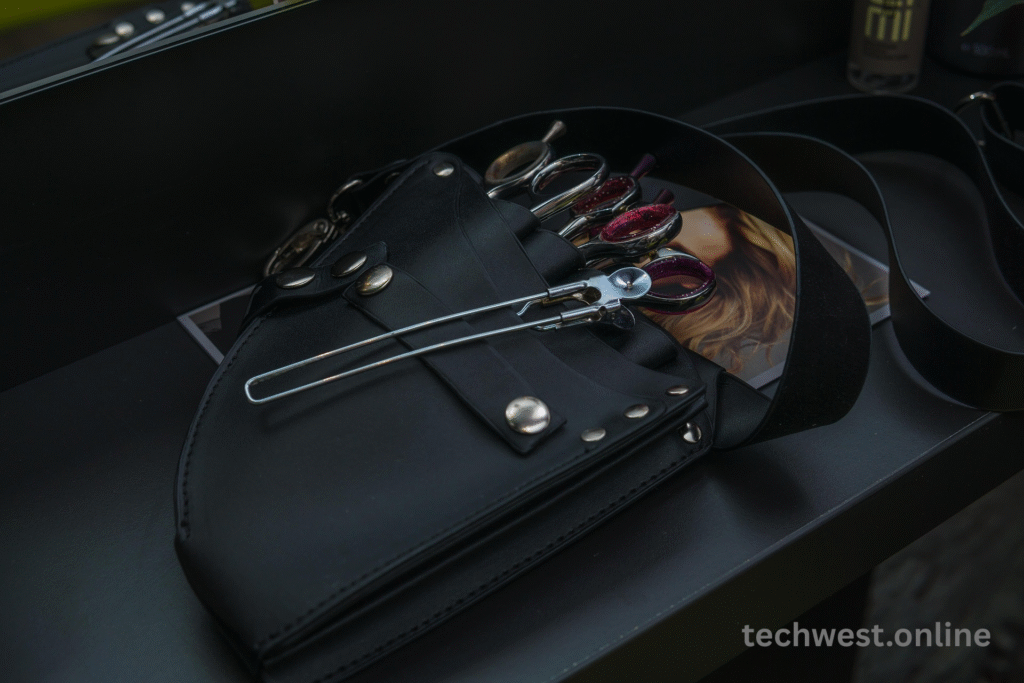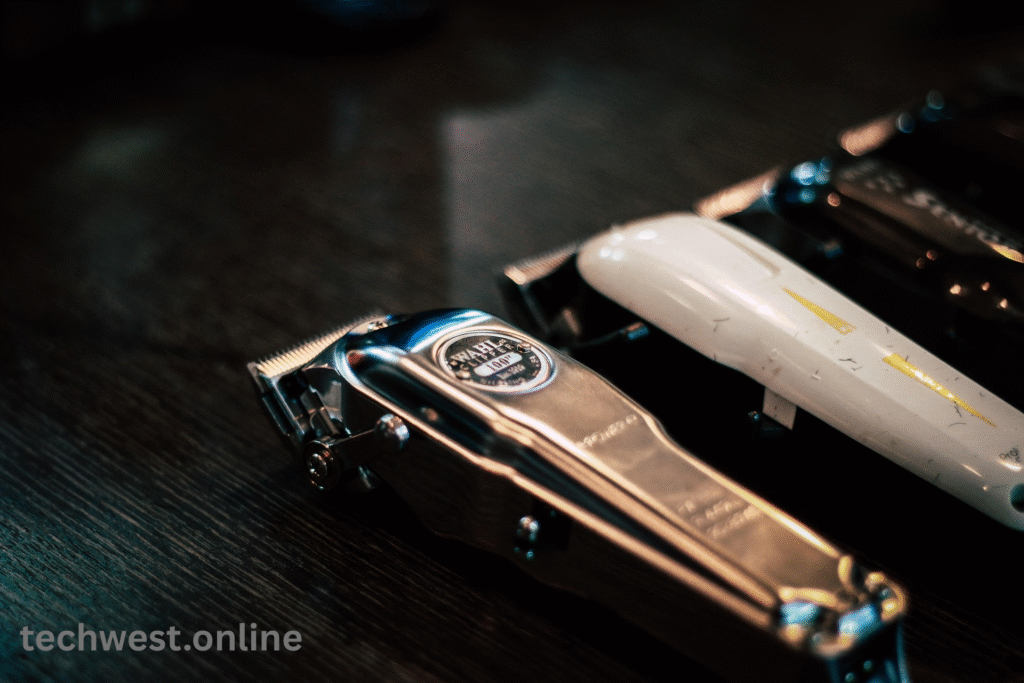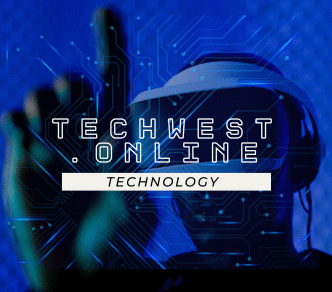Hairdressing Technology: Shaping the Future of Haircare
Hairdressing technology is transforming the salon business with cutting-edge tools, techniques, and systems that make the process more efficient, accurate, and customer-friendly. Robotic hairdressers, intelligent mirrors, and AI-based styling apps are just some of the ways in which hairdressing technology is changing the way professionals and consumers engage with haircare. This article looks at the cutting-edge developments in hairdressing technology, how they are changing the industry, and how they are raising the bar on creativity and sustainability in salons across the globe.

What is Hairdressing Technology?
Hairdressing technology is the application of cutting-edge tools, software, and devices in the haircare and salon business. These technologies vary from automated cutting machines and digital styling platforms to green haircare products and data-based personalization devices. With the fusion of technology and conventional hairdressing methods, salons are able to provide more accurate, efficient, and personalized services, addressing the changing demands of clients in a competitive marketplace.

The Evolution of Hairdressing Technology
The hairdressing profession has traveled a long distance from human-powered scissors and simple blow dryers. Through the ages, advances in technology have brought with them tools such as ceramic flat irons, ionic dryers, and laser-cutting systems. Nowadays, the profession is at the threshold of a new wave of innovation fueled by artificial intelligence (AI), robots, and the Internet of Things (IoT). These technologies are not only augmenting the capabilities of the stylist but also the client experience, making hairdressing more personalizable, sustainable, and accessible.
Main Breakthroughs in Hairdressing Technology
Hairdressing technology covers a broad spectrum of equipment and solutions meant to enhance the salon experience. Some of the most significant innovations in the industry include:
1. Robotic Hairdressers
Among the most revolutionary innovations in hairdressing technology is the development of robotic hairdressers. The robots, with sensors and algorithms, are able to give precise haircuts specific to a multitude of styles. Engineer Shane Wighton, for instance, created a robot barber that cuts hair with professional shears, designed with various haircut styles for uniform outcomes. Though not yet perfected, robotic hairdressers have the potential to transform salons by eliminating the margin for human while boosting efficiency.
2. AI-Driven Style Apps
Artificial intelligence is revolutionizing the way clients select their hairstyles. AI-driven apps examine facial structures, hair types, and individual tastes to suggest the most becoming styles. Virtual try-on functionality is even included in such apps, enabling clients to see themselves in a variety of haircuts and colors before they even sit in the chair. Salons are applying AI to predict trends, schedule appointments, and tailor client experiences, turning hairdressing technology into an essential tool for contemporary stylists.
3. Smart Mirrors and AR Technology
Smart mirrors with augmented reality (AR) are becoming the norm in upscale salons. The mirrors provide clients with real-time visualizations of new hairstyles, colors, and treatments. Through the combination of AR technology with touch-screen interfaces, smart mirrors make it easier for stylists and clients to work together on creative decisions, so the end result is as envisioned by the client. The technology translates to increased customer satisfaction and minimized miscommunication risk.
4. Laser-Guided Cutting Tools
Laser technology is making haircuts more accurate than ever before. Cutting tools guided by laser beams assist stylists in cutting perfectly straight lines and identical shapes, particularly in intricate styles such as bobs or layered cuts. Laser beams map cutting paths for these tools to ensure uniformity and minimize the time spent on elaborate designs. This technology is increasingly used in salons that host clients demanding high-precision haircuts.
5. Eco-Friendly Hairdressing Technology
Sustainability is becoming an increasingly prominent concern in the hairdressing sector, and technology is at the forefront in cutting down on environmental effect. Water-conserving shampoo units, energy-saving dryers, and biodegradable hair products are among the innovations that are becoming increasingly popular. Some salons also employ AI-based technology to maximize product use, reducing wastage and promoting environmentally friendly processes. Such innovations resonate with the world trend towards sustainability and attract environmentally aware consumers.
Benefits of Hairdressing Technology
The implementation of hairdressing technology brings several advantages to both clients and salons. The most notable among them are:
- Increased Accuracy: Robots and laser-guided scissors guarantee precise and repeatable output, minimizing the likelihood of human fault.
- Customized Experience: AI and AR technology enable personalized suggestions, guaranteeing that clients obtain styles that fit their specific characteristics and tastes.
- Time Efficiency: Computerized systems and intelligent tools make salon procedures easier, enabling stylists to attend to more customers without sacrificing quality.
- Sustainability: Green technologies conserve water, electricity, and product usage, keeping pace with the increasing trend of sustainable practices.
- Client Engagement: Engaging tools such as smart mirrors and virtual try-on increase the client experience, making visits to the salon more entertaining and interactive.
The Impact of Hairdressing Technology on the Salon Industry
Hairstyling technology is revolutionizing the salon business by raising the bar on efficiency, creativity, and customer satisfaction. Salons that embrace these innovations are able to stand out in a competitive market, draw tech-savvy consumers, and improve their image. Technology also allows stylists to work on their creativity instead of repetitive tasks, which encourages innovation in hairstyling methods.
But with the advent of hairdressing technology comes fears of job replacement. Robotic hairdressers, for example, even though they are new, have raised eyebrows about the destiny of conventional barbers and stylists. In spite of all these fears, most experts are convinced that technology will be used to augment human stylists, since creativity and interpersonal contact remain central to the salons’ appeal.
Hairdressing Technology and Client Experience
Client needs are changing, and hairdressing technology is assisting salons in fulfilling these needs. Technologies such as virtual consultations, online booking systems, and customized styling apps simplify customers’ access to services and conveying of their needs. Smart mirrors and AR tools provide an immersive experience, enabling clients to try on bold styles without taking the plunge. These technologies enhance not only satisfaction but also lasting client loyalty.
Sustainability in Hairdressing Technology
As environmental awareness increases among consumers, salons feel compelled to go green. The demand is being met by hairdressing technology in the form of water-recycling shampoo stations and eco-friendly tools. Other companies are creating biodegradable hair products and packaging materials that diminish the industry’s footprint on the environment. By incorporating all these technologies, salons are able to appeal to environmentally aware clients and support global sustainability.
Challenges and Limitations of Hairdressing Technology
Though hairdressing technology is full of advantages, it also has a downside. The high initial investment in sophisticated equipment such as robotic hairdressers or intelligent mirrors can be prohibitive for small businesses. Training stylists to use such technologies efficiently can be time-consuming and costly. There is also the issue of a balance between technology and the personal touch valued by customers in conventional salon visits.
The Future of Hairdressing Technology
The prospects for hairdressing technology are good, with new developments set to continue the transformation of the industry. Future trends involve the use of machine learning to predict styling, wearable hair devices, and 3D-printed accessories. Nanotechnology may also advance to develop hair treatments that fix and strengthen hair at the molecular level. With each new development in technology, salons that adopt these technologies will remain ahead of the game, providing innovative services to customers.
How Salons Can Embrace Hairdressing Technology
For those salons that want to incorporate hairdressing technology, it starts with determining their requirements and budget. Small salons can begin with affordable solutions such as AI styling apps or energy-saving tools, while larger salons can invest in sophisticated systems such as robotic hairdressers or smart mirrors. Collaborating with technology vendors and providing staff training can make the transition easier. By keeping up with trends in the industry, salons can choose the proper equipment to improve their services and appeal to a wider clientele.
Conclusion
Technology in hairdressing is transforming the salon sector with innovative solutions for improving precision, customization, and sustainability. From robotic hairdressers to AI-enabled styling apps and green-friendly equipment, all these innovations are raising the bar for haircare. Though there are setbacks such as expense and training, the advantages of hairdressing technology—better efficiency, client satisfaction, and eco-friendliness—make it a revolution for salons globally. With the industry’s ongoing development, adopting hairdressing technology will be the most important aspect to remain competitive and achieve outstanding results.
